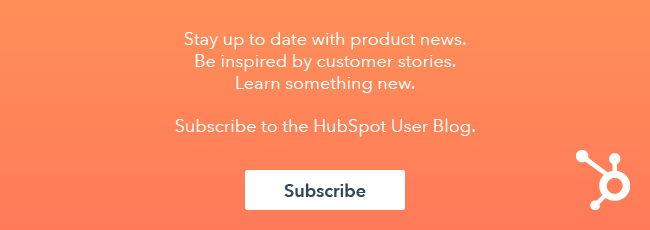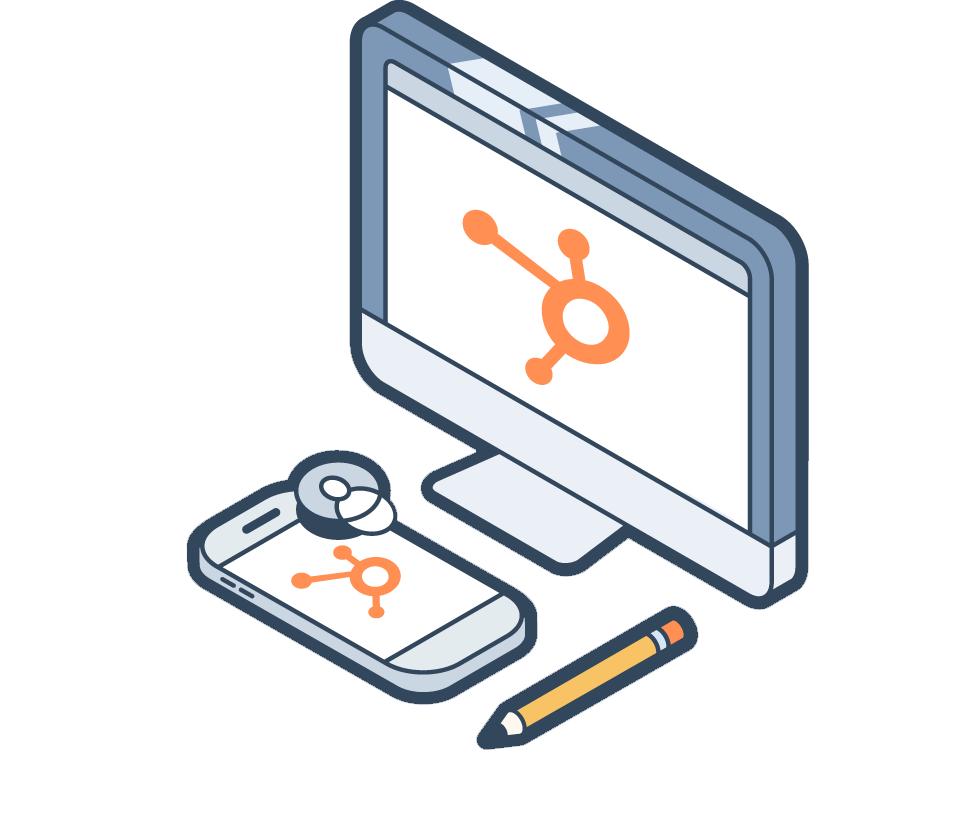
Since the dawn of time, when humans were trading fish in return for shiny rocks, personal, one-to-one conversations have been a part of the sales and marketing process.
Fast-forward a few (hundred) thousand years, and we've seen the creation of tools and strategies that were "better" ways to drive the process.
But were they really?
When you look at the tools we've used (and some of them do work well — workflows and email personalization tokens come to mind), they've all been created to solve for a single problem:
We simply don't have enough time to create, nurture, and grow one-to-one relationships in business.
These tools have allowed us to reach more people in less time.
We've had to find work-arounds that enable us to reach many people with the goal that some of them would respond and take action.
The bottom line? We lost the ability to build meaningful, personal business relationships, because time became our dominant constraint.
Conversational Experiences:
Returning to One-to-One Personalized Marketing
You've more than likely heard the term "user experience." This is the overall experience a person has using software or a website, based on how easy and/or pleasing it is to use.
I want to introduce you to a newer version of that concept: "conversational experience," where you can approach the relationship with your market through a series of conversations and look at things with the idea that it's all just messaging.
A conversational experience is:
- Personal: The experience is one-to-one and adaptive. We all want to feel special.
- Data-driven: It's tailored based on who you are, what you've done, and what you need now.
- Cross-channel: Conversations can happen over time and across channels (like web, email, live chat, and via chatbots).
By building conversational experiences, you're able to return to that natural one-to-one relationship where your customers feel special and heard.
So what's the goal of a conversational experience? You want to be able to deliver:- the right message
- with the right information
- to the right person
- at the right time
- on the right channel
- every. single. time.
To do that, you need to understand that conversations — and, in reality, your entire conversational growth strategy — are driven by the collection and subsequent use of various types of information, or "data," that enable you, as a marketer or salesperson, to craft a truly personal experience that establishes trust and builds a relationship.
Creating Data-Driven Conversations
In this blog series, we're going to concentrate on that second part: "data driven." As marketers and salespeople, we understand that data is often the most valuable asset we have.
In developing a conversational growth strategy, you want to make sure that you're using your messaging channels not only to deliver but also to collect information about the person (or people) on the other end of the conversation.
Where Should You Start?
We're dealing with some pretty high-level ideas here, and I want to make sure no one gets lost along the way.
In this series of articles, we're going to walk through the types of conversational data you have access to and what kind(s) of value they have.
Each section is going to include a few terms that may be new, so I'll make sure they're clearly defined up front. We're going to break it down in these sections:- The intro (this article)
- Micro data vs. macro data
- Active data vs. passive data
- Transactional data vs. relational data
- Tying it all together
That said, lets define a few things you'll be seeing over and over again so you know what they mean later on.
Data point: A data point is a single piece of information and its label. It can be boolean, which means it's either true or false, or it can have a value, which might be a number, word, or other thing (like an image). Usually a data point has two elements: the "label" and the "value."
Data collection: A group of data points as a set (rather than the act of collecting data). A data collection also has a label and a value, only this time the value is a group of data points.
Shared knowledge: This is the information that all of your conversational tools have access to. It could include things like a CRM, knowledgebase, chat transcripts, browsing history, etc. When you collect a new piece of data through one of your conversations, it gets entered as a new data point in the shared knowledge pool so that it can be accessed and used later on.
Messaging channel: A way that a conversation can be had. Web, email, live chat, SMS — these are all examples of messaging channels.
Conversation: An interactive exchange of information that uses natural language rather than traditional UI and UX (at least in part).
Fitting It All Together
At the end of the day, determining the value of conversational data is driven not by the data itself but instead by how you want to use it.
Finding a balance between the data collection itself and its subsequent use in your decision making is key.
In the next article in this series, we'll look at how the concepts of shared knowledge and incremental data collection can be put into action.
In the meantime, take a look at a great piece Jorie Munroe recently wrote, which will introduce you to the concepts around what an inbound conversation looks like.










